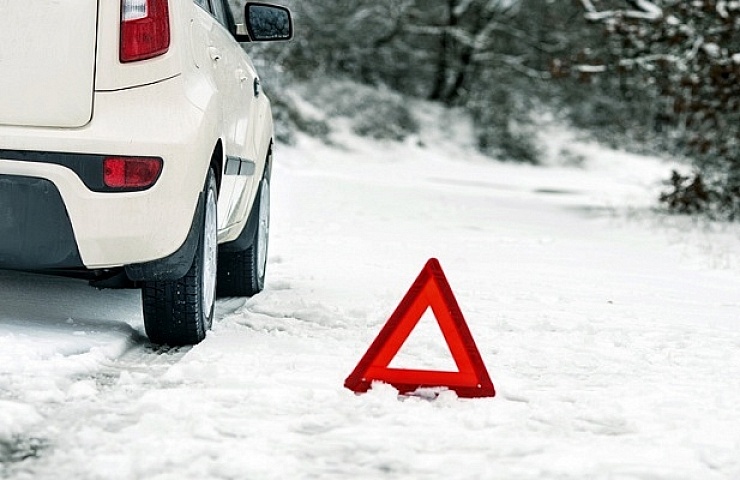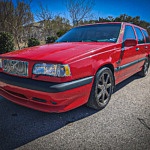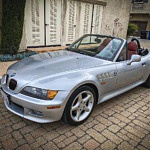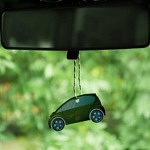There are few hassles worse than discovering that your car won’t start on a freezing day. While there are no bulletproof ways of preventing a wintertime breakdown, a few quick and easy maintenance procedures can slant the odds in your favor.
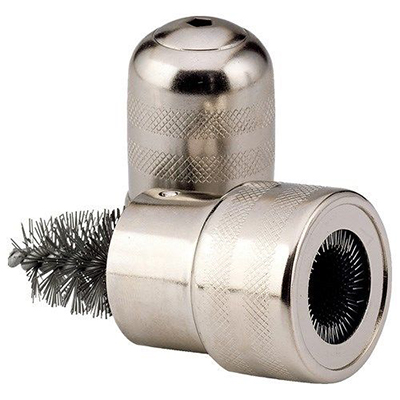
Battery-cleaning tool
1. Clean Your Battery
Let’s start with the battery. Clean batteries maintain their charge better than dirty ones. Always disconnect the battery terminals before touching the battery surface. Clean the surface with a mixture of baking soda and water. An inexpensive battery-cleaning tool makes it easy to clean the posts and terminals at the same time.
2. Fix the Battery Tray
Take a look at the battery tray that holds the battery in place. If it’s corroded, chances are the battery is vibrating when the engine is running. Vibration also causes the battery to lose its charge faster. Replacing the tray is the fix.
3. Inspect the Cooling System
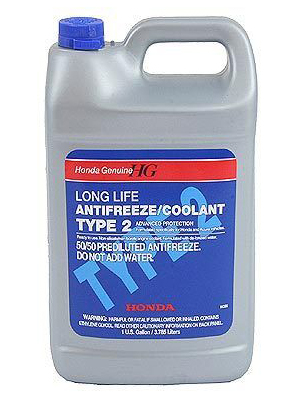
Antifreeze/Coolant
Even if you aren’t a mechanic, you can inspect your cooling system for symptoms that could lead to a breakdown. The term “cooling system” is deceptive, because it is also responsible for heating the engine (and your car heater) in the winter. Take a look at the hoses. If they’re cracked or bloated, they need to be replaced. Dirt on the surface of the radiator or inside the front air scoops restricts airflow into the engine, which can also cause performance problems. Check the coolant level using the indicators on the overflow tank.
> See: Regularly Check These Four Car Fluids
Because cooling systems on new models are closed, the car shouldn’t lose coolant. Check under the engine for leaks. Slow leaks can be hard to spot. Put a piece of cardboard under the engine compartment and let it sit overnight. In the morning, any spots on the cardboard will indicate a fluid leak.
Have a technician flush and refill the cooling system according to recommendations in your owner’s manual. If you need to add coolant yourself, a mixture of 50-percent water and 50-percent coolant will maintain the cooling system better than pure antifreeze.
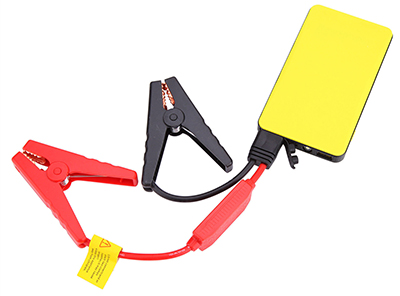
Slim portable jumpstarter
4. Carry Jumper Cables
Make sure to carry a good set of jumper cables in your vehicle and know how to use them. Longer cables are better because you might find yourself on the shoulder of a road where you need to park the two vehicles nose-to-tail. Look for cables that are at least 20 feet in length and four-to-six gauge in size.
Make sure that you don’t touch the clamps of the cables together. This can cause sparks. Identify which post of each battery is positive, and connect the red cables to the positive posts. Then connect the black cables to the negative posts. Start the functioning car first, let it run for a few minutes and then try to start the dead vehicle. Once that car starts, leave it running and carefully disconnect the cables making sure that the clamps don’t touch.
An alternative to battery cables is a portable charger. Portable chargers might cost a few more dollars but have the advantage of being able to jumpstart a dead battery without a running another car to provide the charge.
> See: Car Jumpstarts 2.0 (Ditch the Big Old Cables)
5. Don’t Pump the Gas Pedal
Finally, many drivers mistakenly pump the gas when they start the car on extremely cold mornings. That’s a carryover from the carburetor era when the driver would pump the gas twice, once to set the choke and the second time to prime the fuel pump. Fuel injected cars are self-priming so pumping the gas could flood the engine. If you do flood the engine, hold the accelerator pump to the floor to clear the flood.
> Also, read our checklist: Eight Steps to Get Your Vehicle Ready for Winter.

